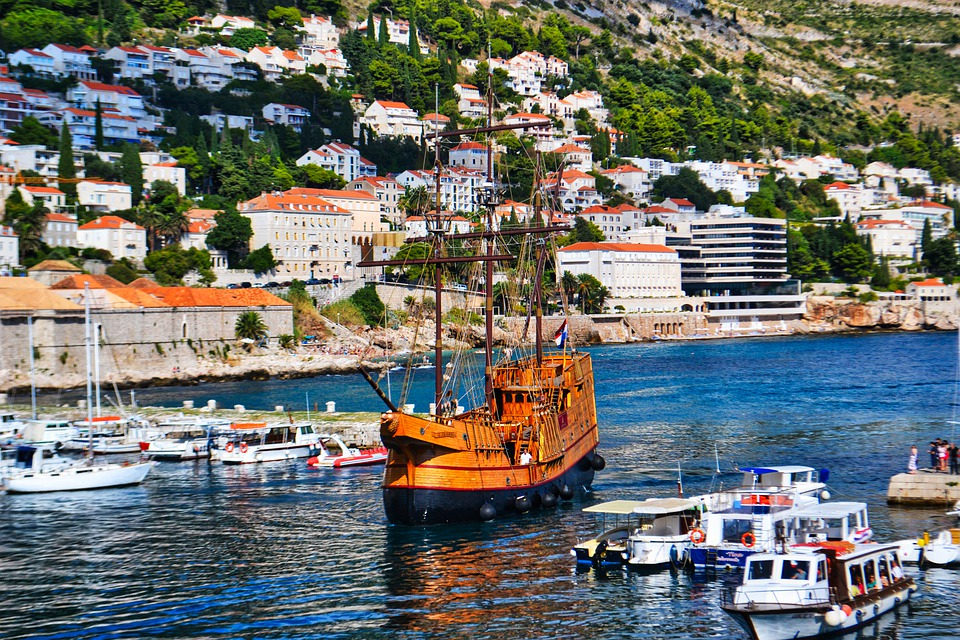As Morski writes, thanks to the excellent Croatian 2022 tourist season so far, spending and consumption back in June continued to grow on an annual basis for the seventeenth month in a row: retail sales increased by 3.8 percent, and at the same rate, data from the National Bureau of Statistics (CBS) shows, industrial production also increased, for the second month in a row and more rapidly than back in May.
These latest indicators confirm previous announcements that economic activity in the second quarter of the year could be even higher than it has been during the first and that GDP growth should exceed five percent this year despite the negative consequences of the Russian invasion of Ukraine. However, this means that consumers aren’t aware of the circumstances in which they find themselves, as reported by Jutarnji list. While it continued to grow on an annual basis, retail trade fell by 1 percent compared to the month of May, which also recorded a faster annual growth of 4.3 percent.
While the data on fiscal receipts and invoices for June pointed to a strong growth in retail trade turnover, as noted by RBA analysts, “it was certainly supported by increased tourist spending”, and indicators of consumer optimism simultaneously pointed to a slowdown in the annual growth rate, “which recorded deterioration on a monthly and annual basis in June”.
Disposable income
The consumption structure itself points to the increased caution of consumers, given that the turnover of food, beverages and tobacco products is growing at a rate of 5.2 percent, on an annual basis, while non-food products (except for the trade in motor fuels and lubricants) fell by 0.3 percent. However, for as long as the Croatian 2022 tourist season continues to last, it is quite likely that encouraging figures will thankfully prevail across the nation.
”We expect a good season and a double-digit growth rate of both physical and financial indicators, which will positively affect consumption. This will certainly contribute to the preservation of disposable income and thus have a positive effect on retail trends,” concluded the aforementioned RBA analysis. However, the effect of the base period and the strong uncertainty due to geopolitical events, they believe, will certainly slow down the dynamics of positive changes in trade activity. The high perception of inflation, which is strongly influenced by the rise in food and energy prices, also has a direct effect on restraining consumption.
What the Croatian economy can expect largely depends on global trends, especially in Eurozone countries that are its main foreign trade partners, and which it is set to join on the first day of 2023.
The latest data suggests that the Eurozone’s economy is more resilient than previously expected. According to Eurostat’s initial data, GDP in the second quarter increased by 0.7 percent compared to the previous three months, while economists expected a growth of only 0.2 percent. In addition, despite the shock caused by the war in Ukraine, growth accelerated compared to the first quarter, when it stood at 0.5 percent. Nevertheless, the data indicates that the German economy is very much stagnating, and as stated by the statistical office Destatis, this is primarily due to “weak trade”.
While Germany is visibly suffering the consequences of higher energy prices and inflation, the leaders in terms of growth in the Eurozone are now Spain (+1.1), Italy (+1.0), France and other countries that are supported by tourism and higher consumption. Quarterly declines were recorded by Latvia (-1.4 percent), Lithuania (-0.4 percent) and Portugal (-0.2 percent), but year-on-year growth rates were positive for all countries.
Although the Eurozone achieved faster growth than expected, the pressure on the cost of living is still intensifying. The official estimate of inflation for the month of July reached 8.9 percent, compared to 8.6 percent back in June.
Across the pond, the USA is in recession…
Analysts pointed out that difficult days are yet to come for the Eurozone, especially for Germany. A technical recession in that country, the Dutch Ing Group analyst Carsten Brzeski pointed out, “looks like a done deal”, given the high prices of energy and raw materials that continue to undermine purchasing power and profit margins.
The American economy, on the other hand, is technically already in recession after the announcement that GDP fell for the second quarter in a row, by 0.9 percent. At the same time, in an effort to curb inflation, the US central bank raised key interest rates by a further 0.75 percentage points. However, they said that any further moves will depend on future economic indicators, so a slower pace of monetary policy tightening is now expected.
Production growth is modest, remaining below two percent.
Industrial production back in June grew by 3.8 percent on an annual basis, and by 1.2 percent compared to the previous month. Almost all sectors recorded solid growth, especially the production of capital goods (12 percent) and energy (9.6 percent). Only the production of durable consumer goods fell, 4.7 percent. However, this year, a modest growth rate is expected on average, below two percent, RBA analysts estimate. The main reason for this is the potentially unfavourable influence of geopolitical conflicts, “that is, the dependence of certain important Croatian trade partners on Russia,” concluded Jutarnji.
For more on the Croatian 2022 tourist season, keep up with our lifestyle section.









